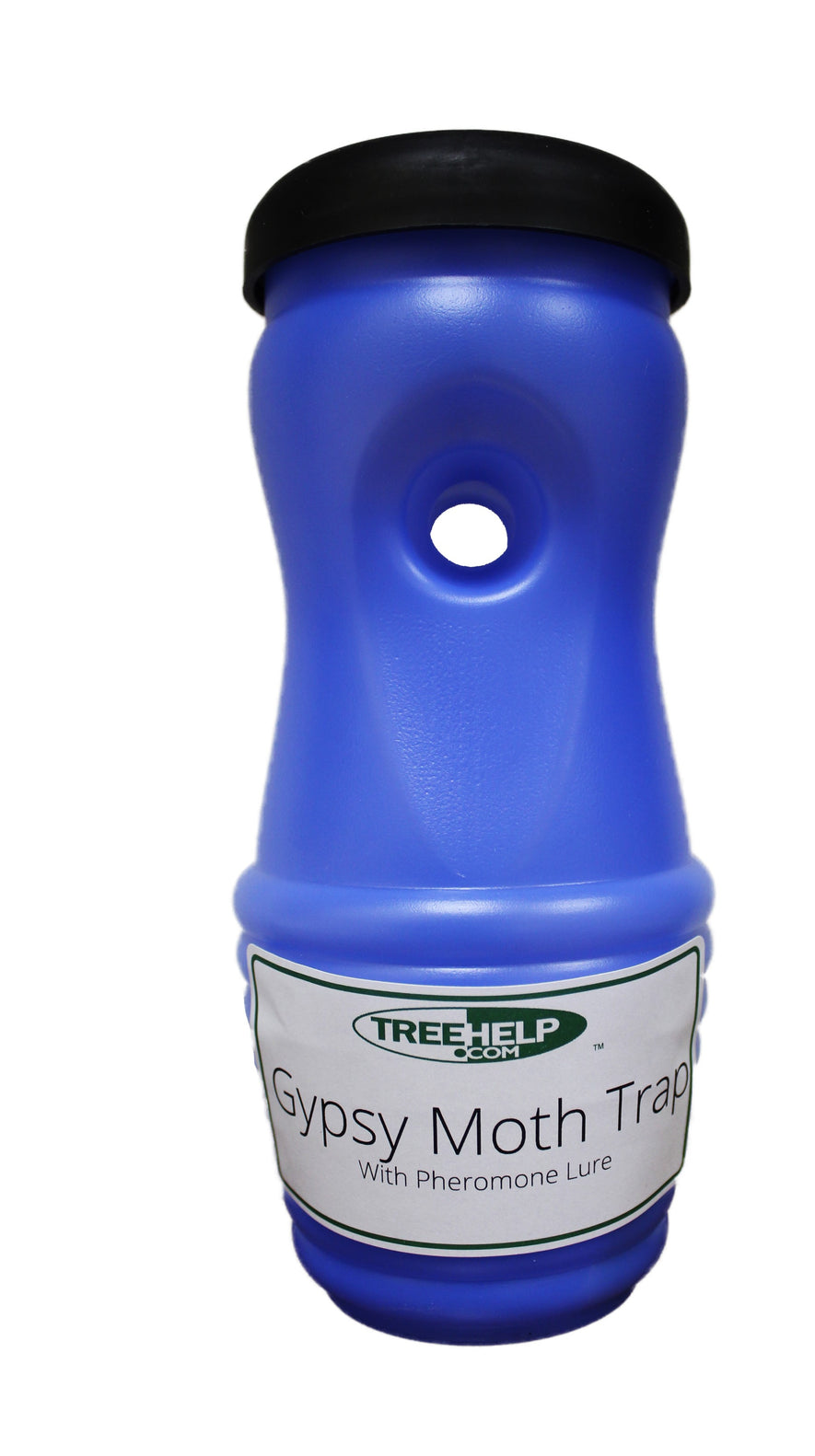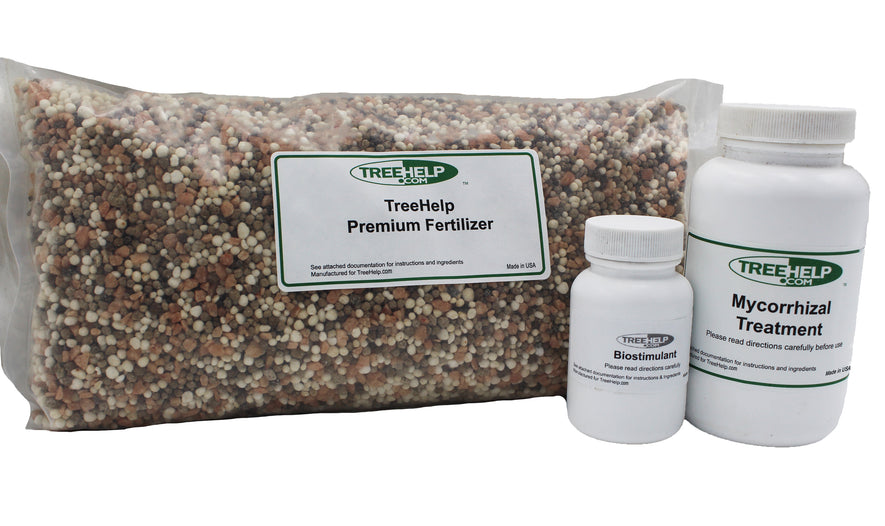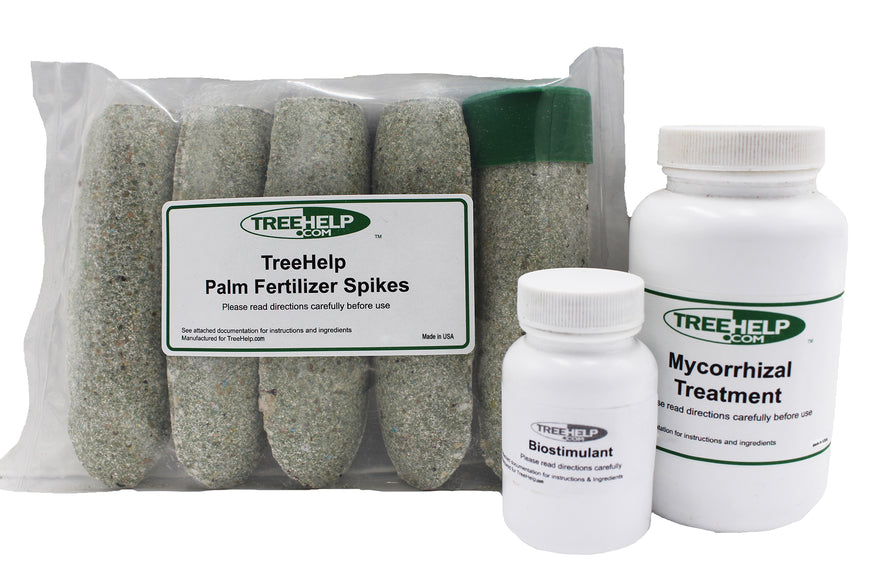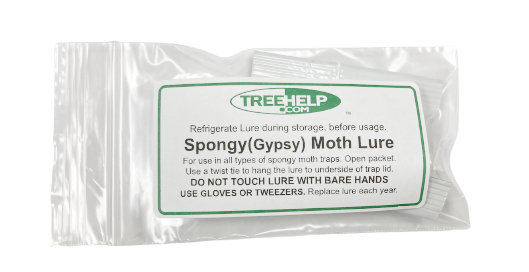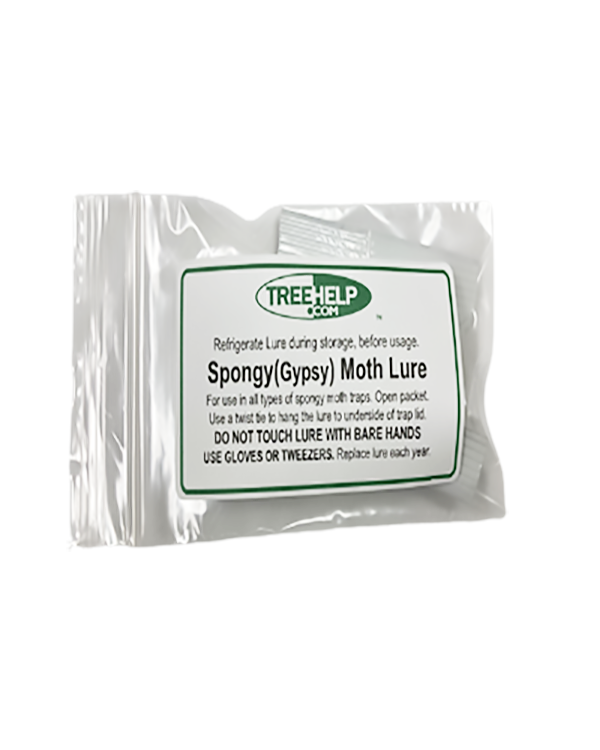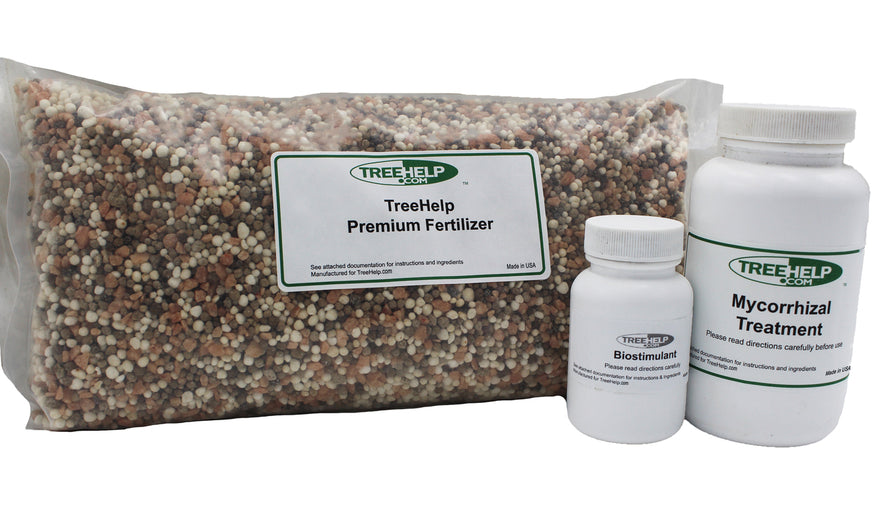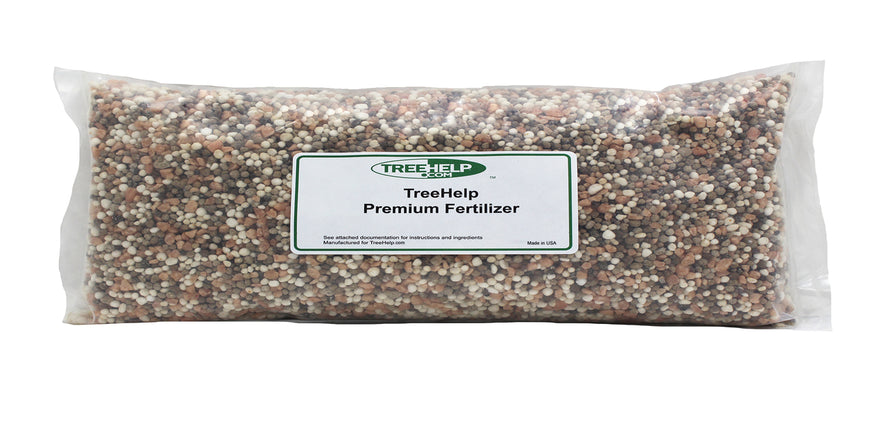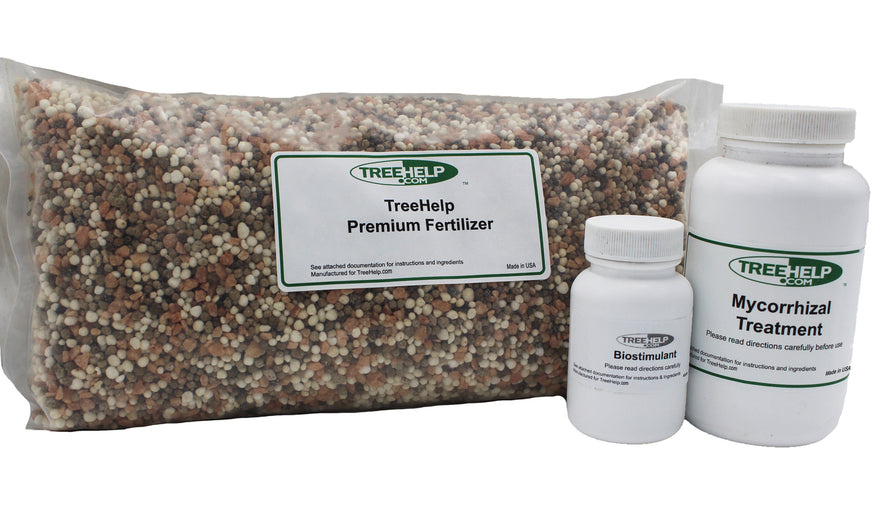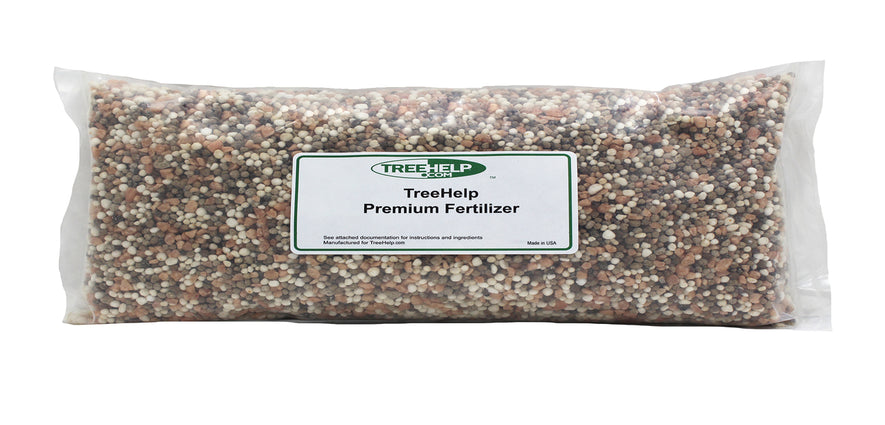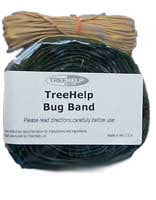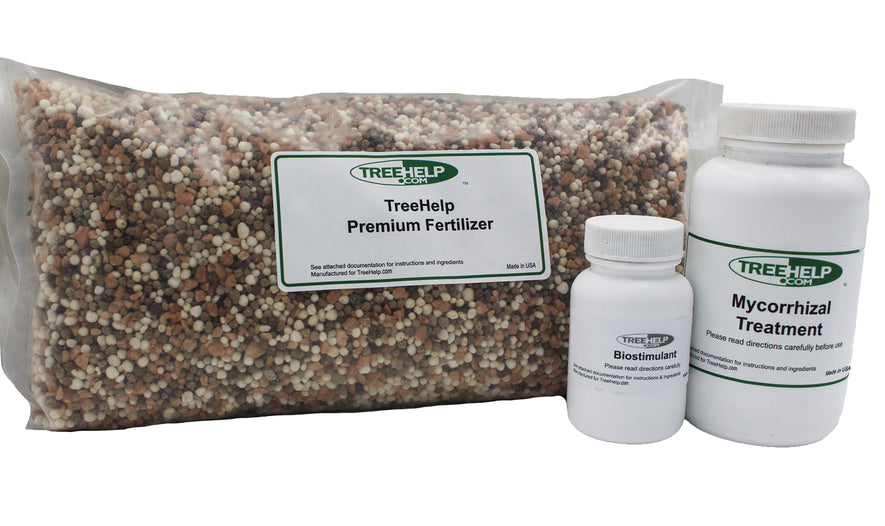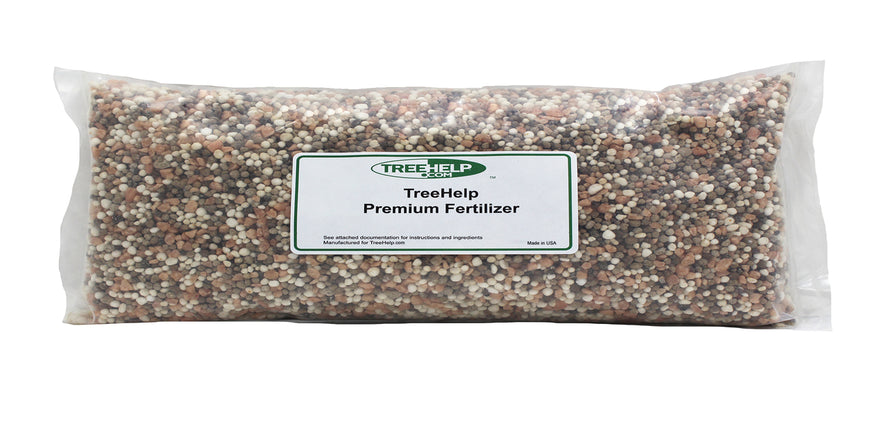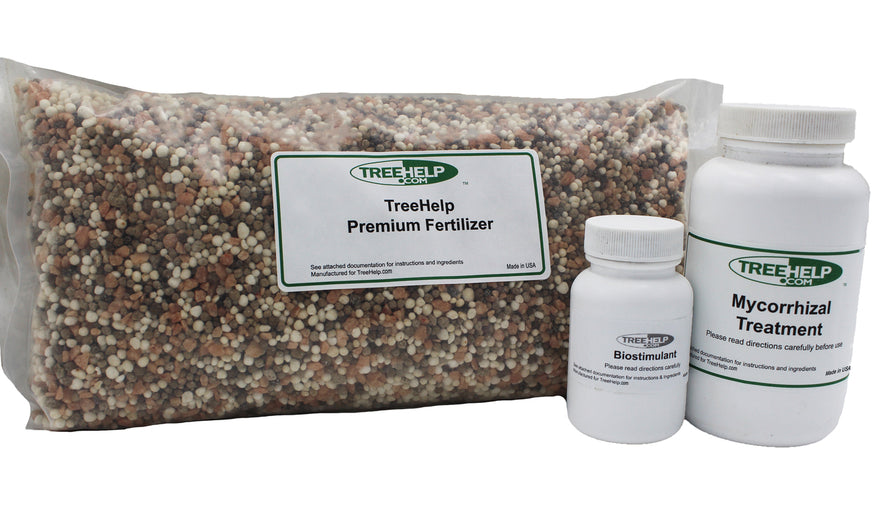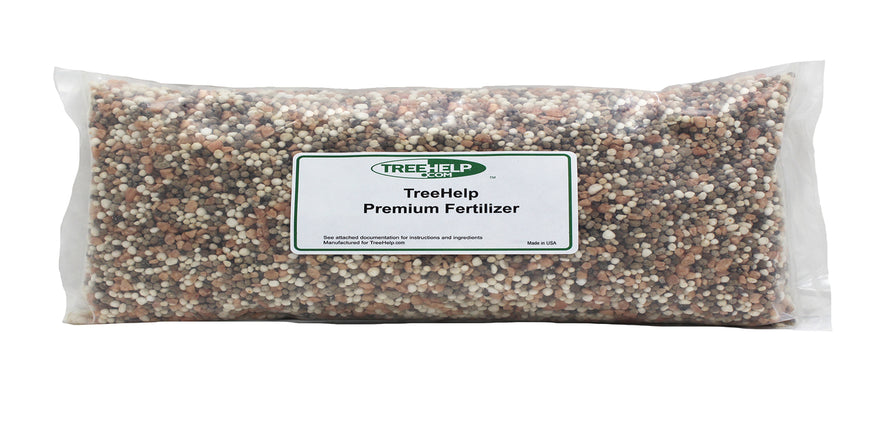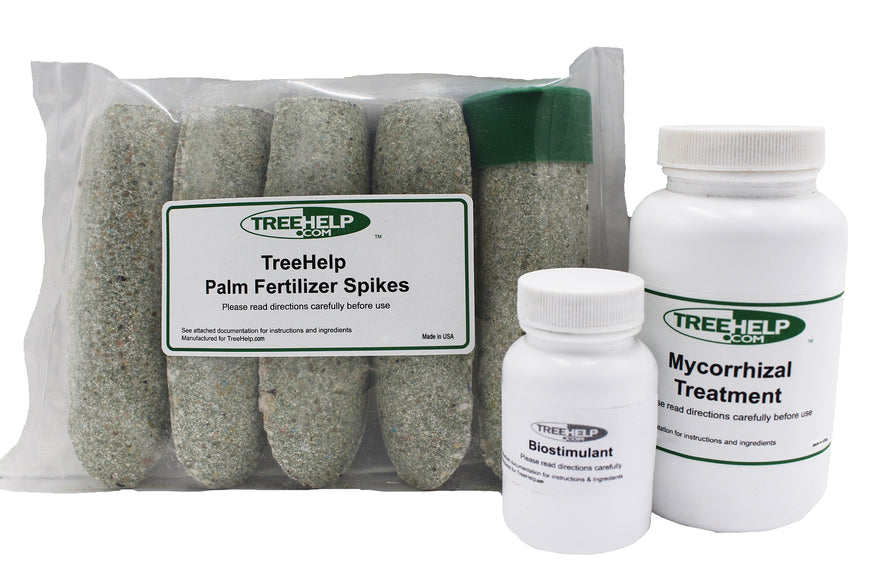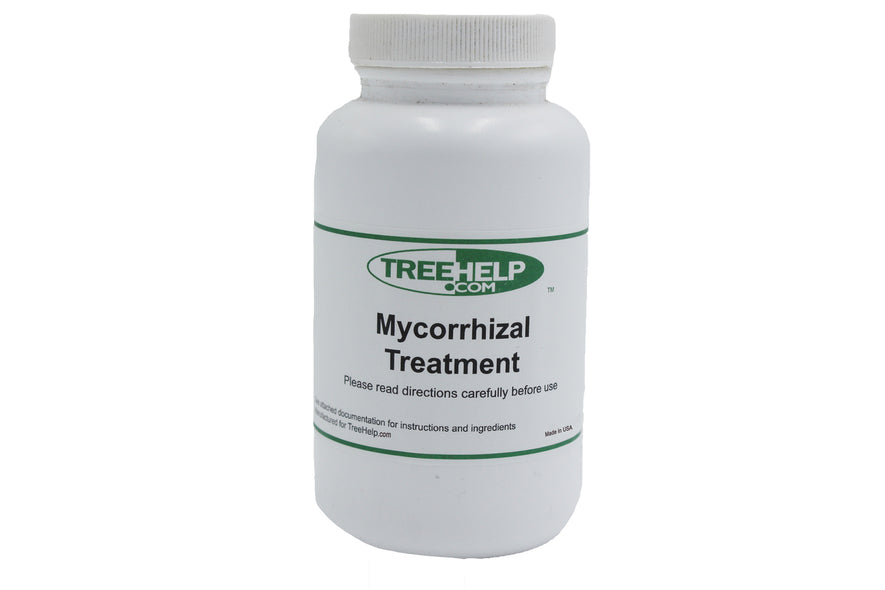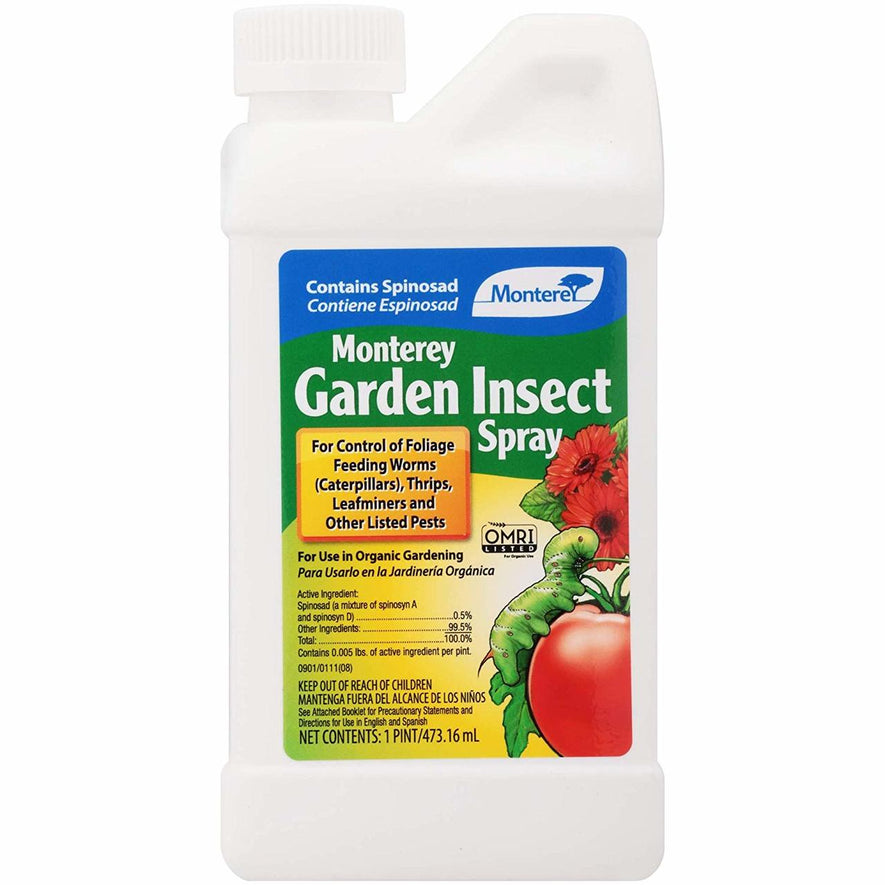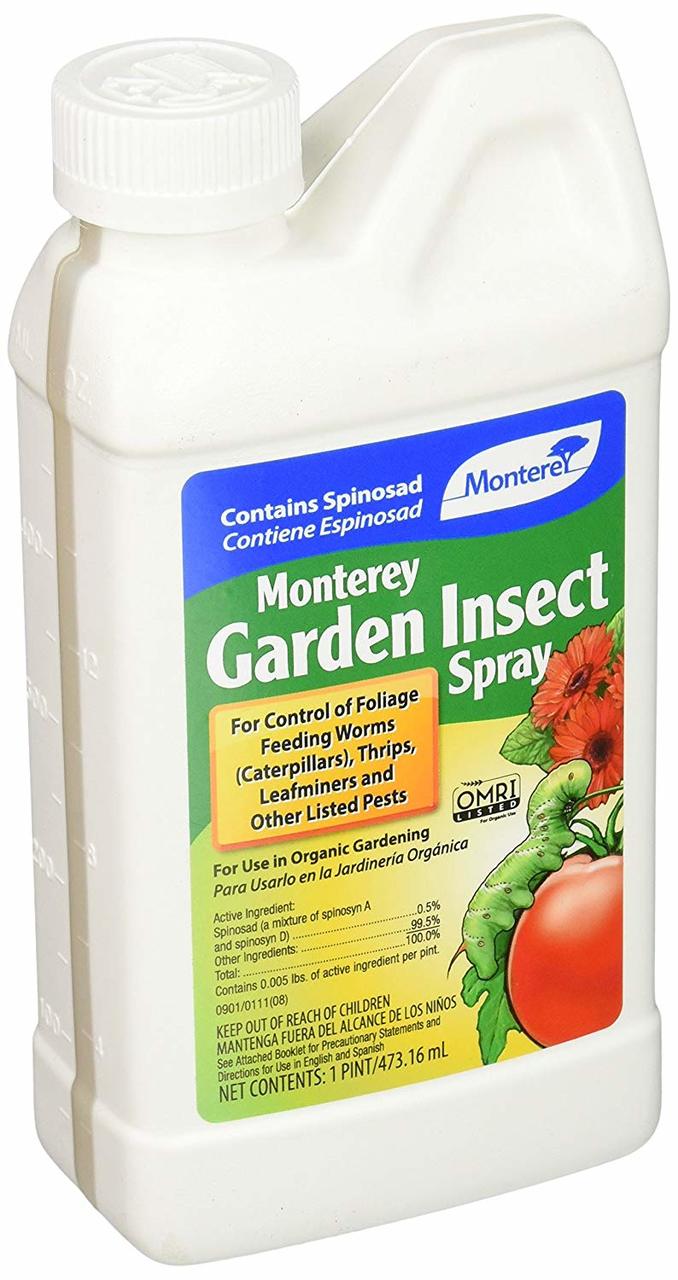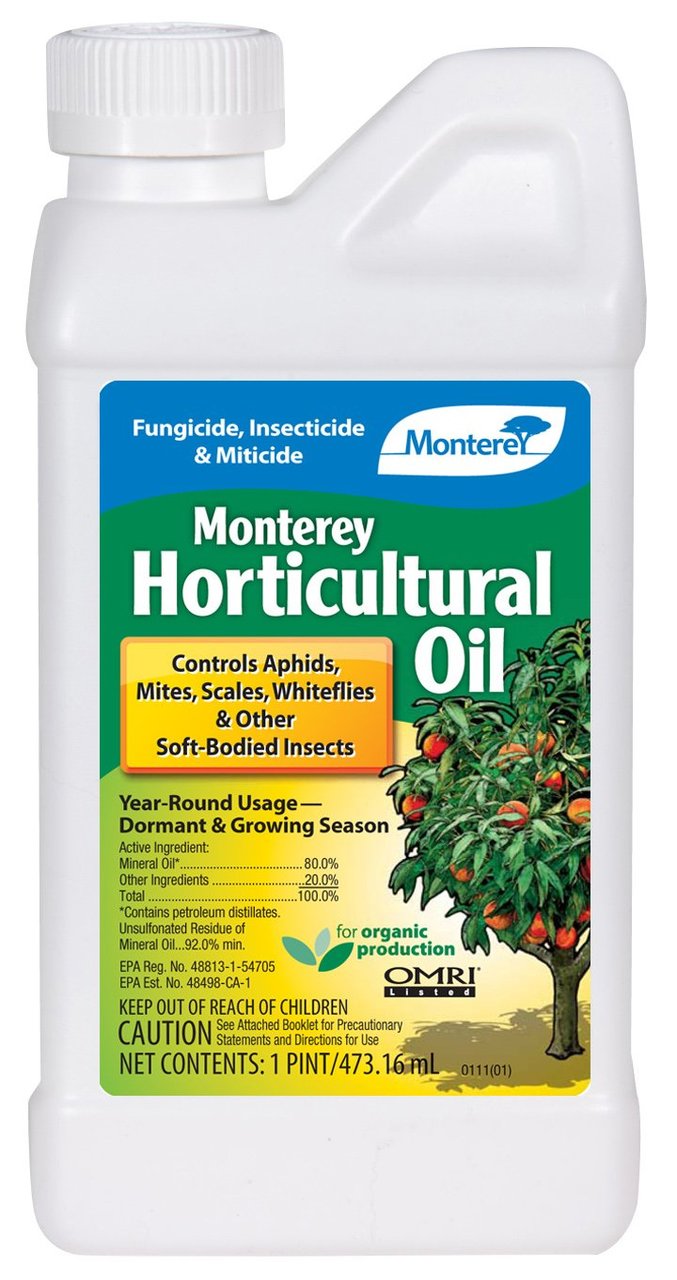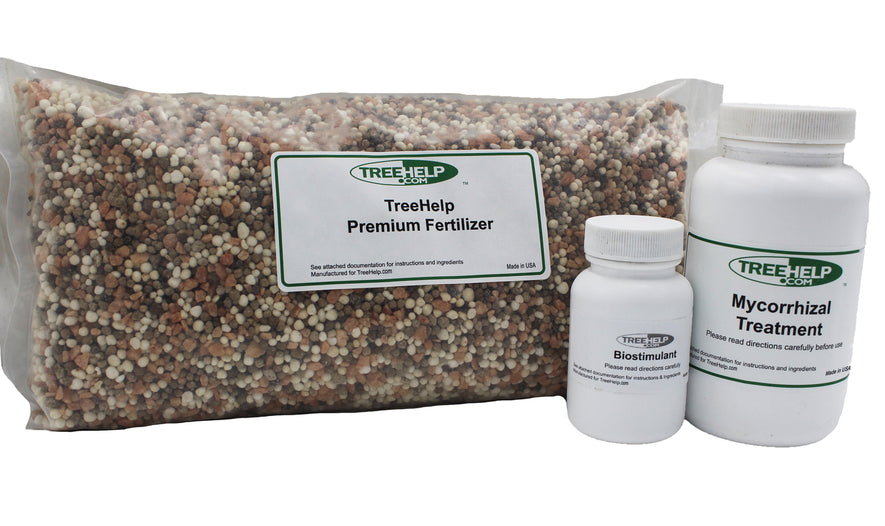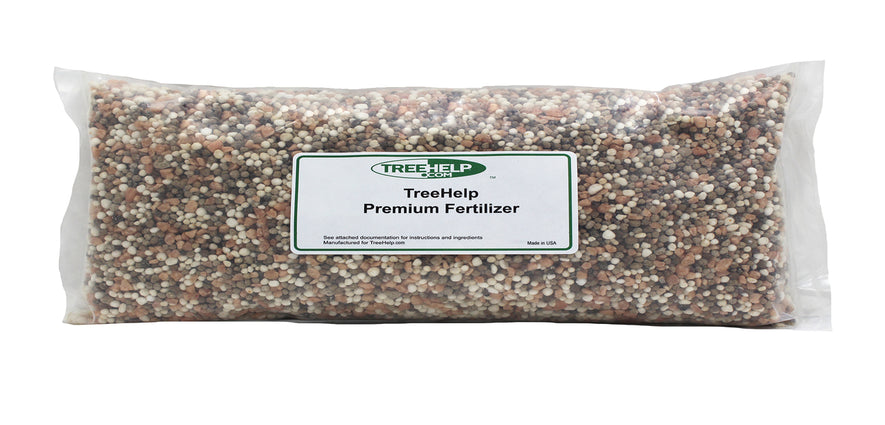-
TreeHelp Spongy (Gypsy) Moth Trap (Reusable) Includes:One Gypsy Moth TrapOne Gypsy Moth Lure (Refrigerate Until Use) The Gypsy Moth Trap is an effective weapon against the...
- Regular price
- $12.95
- Regular price
-
- Sale price
- $12.95
- Unit price
- per
-
TreeHelp Annual Care Kit Proudly Made in the USA TreeHelp developed easy-to-use Annual Care Kits to help homeowners maintain healthy and vibrant trees. TreeHelp...
- Regular price
- $33.95
- Regular price
-
- Sale price
- $33.95
- Unit price
- per
-
TreeHelp Spongy (Gypsy) Moth Trap Replacement... Contains 1 bait pack. For use in all types of Spongy (Gypsy) Moth Traps. Lures should be replaced annually. Lure...
- Regular price
- $6.95
- Regular price
-
- Sale price
- $6.95
- Unit price
- per
-
TreeHelp Annual Care Kit: Oak Proudly Made in the USA TreeHelp developed easy-to-use Annual Care Kits to help homeowners maintain healthy and vibrant oak trees....
- Regular price
- $33.95
- Regular price
-
- Sale price
- $33.95
- Unit price
- per
-
TreeHelp Annual Care Kit: Maple Proudly Made in the USA TreeHelp developed easy-to-use Annual Care Kits to help homeowners maintain healthy and vibrant maple trees....
- Regular price
- $33.95
- Regular price
-
- Sale price
- $33.95
- Unit price
- per
-
TreeHelp Bug Band Protective Insect Barrier,... 10-foot roll includes string and instructions. The TreeHelp Bug Band represents a simple, cost-effective method to control a variety of damaging insect...
- Regular price
- $14.95
- Regular price
-
- Sale price
- $14.95
- Unit price
- per
-
TreeHelp Annual Care Kit: Birch Proudly Made in the USA TreeHelp developed easy-to-use Annual Care Kits to help homeowners maintain healthy and vibrant birch trees....
- Regular price
- $33.95
- Regular price
-
- Sale price
- $33.95
- Unit price
- per
-
TreeHelp Annual Care Kit: Dogwood Proudly Made in the USA TreeHelp developed easy-to-use Annual Care Kits to help homeowners maintain healthy and vibrant dogwood trees....
- Regular price
- $33.95
- Regular price
-
- Sale price
- $33.95
- Unit price
- per
-
TreeHelp Annual Care Kit: Palms &... Proudly Made in the USA A complete do-it-yourself care package to maintain healthy and beautiful palms, palmettos and sagos. This...
- Regular price
- $33.95
- Regular price
-
- Sale price
- $33.95
- Unit price
- per
-
Garden Insect Spray with Spinosad Not Available for Sale in Canada 1 Pint (16 oz.) Concentrate(makes 8 gallons of spray) Garden Insect Spray with Spinosad...
- Regular price
- $24.95
- Regular price
-
- Sale price
- $24.95
- Unit price
- per
-
Horticultural Oil Insect Spray, 1 Pint Not Available for Sale in Canada 16 fl. oz. (473mL) concentrate Horticultural Oil Insect Spray is a concentrated oil that...
- Regular price
- $13.95
- Regular price
-
- Sale price
- $13.95
- Unit price
- per
-
TreeHelp Annual Care Kit: Ash Proudly Made in the USA TreeHelp developed easy-to-use Annual Care Kits to help homeowners maintain healthy and vibrant ash trees....
- Regular price
- $33.95
- Regular price
-
- Sale price
- $33.95
- Unit price
- per
free shipping on most orders over $125 - $7.95 FLAT RATE ON ALL OTHER ORDERS!


 Like the tale of the sorcerer’s apprentice, the gypsy moth (Lymantria dispar) is an example of an experiment gone horribly wrong. The moth was brought to the United States in 1869 in a failed attempt to start a silkworm industry. Escaping soon after, the gypsy moth has become, over the past century, a major pest in the northeastern United States and southeastern Canada.
Like the tale of the sorcerer’s apprentice, the gypsy moth (Lymantria dispar) is an example of an experiment gone horribly wrong. The moth was brought to the United States in 1869 in a failed attempt to start a silkworm industry. Escaping soon after, the gypsy moth has become, over the past century, a major pest in the northeastern United States and southeastern Canada.